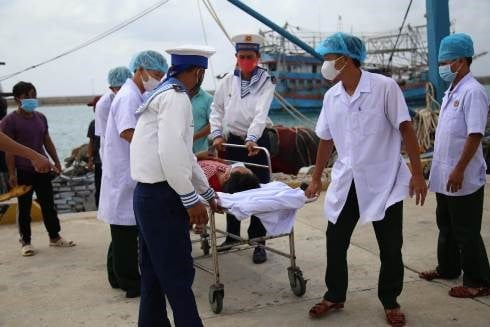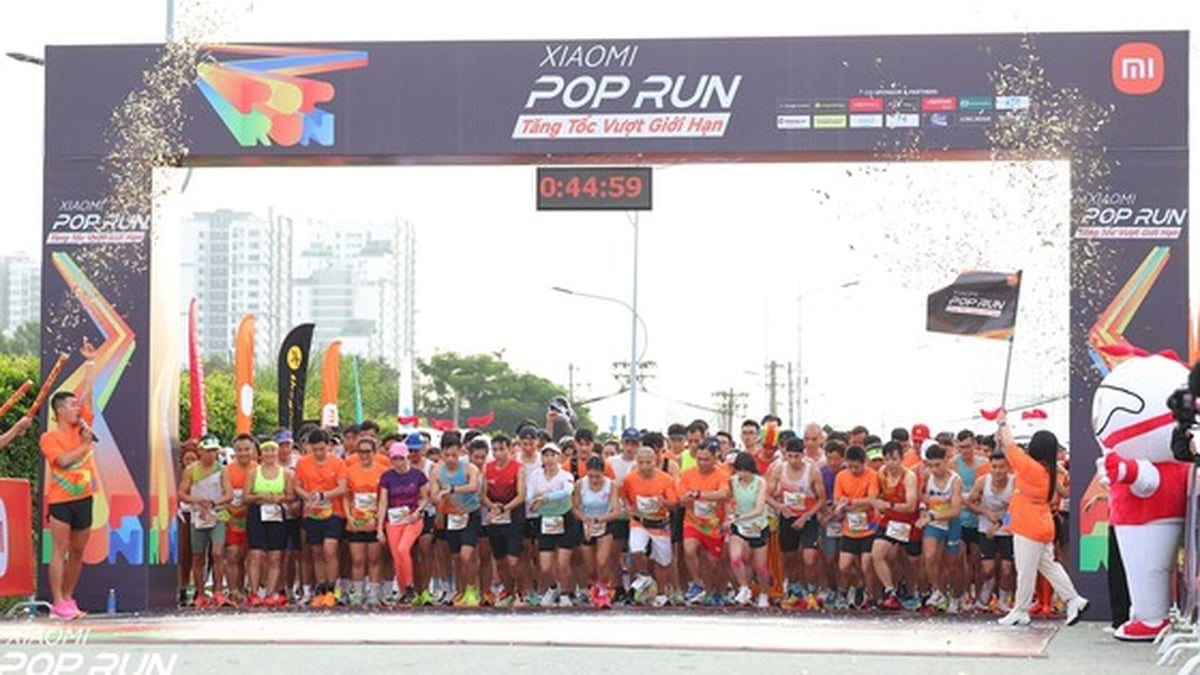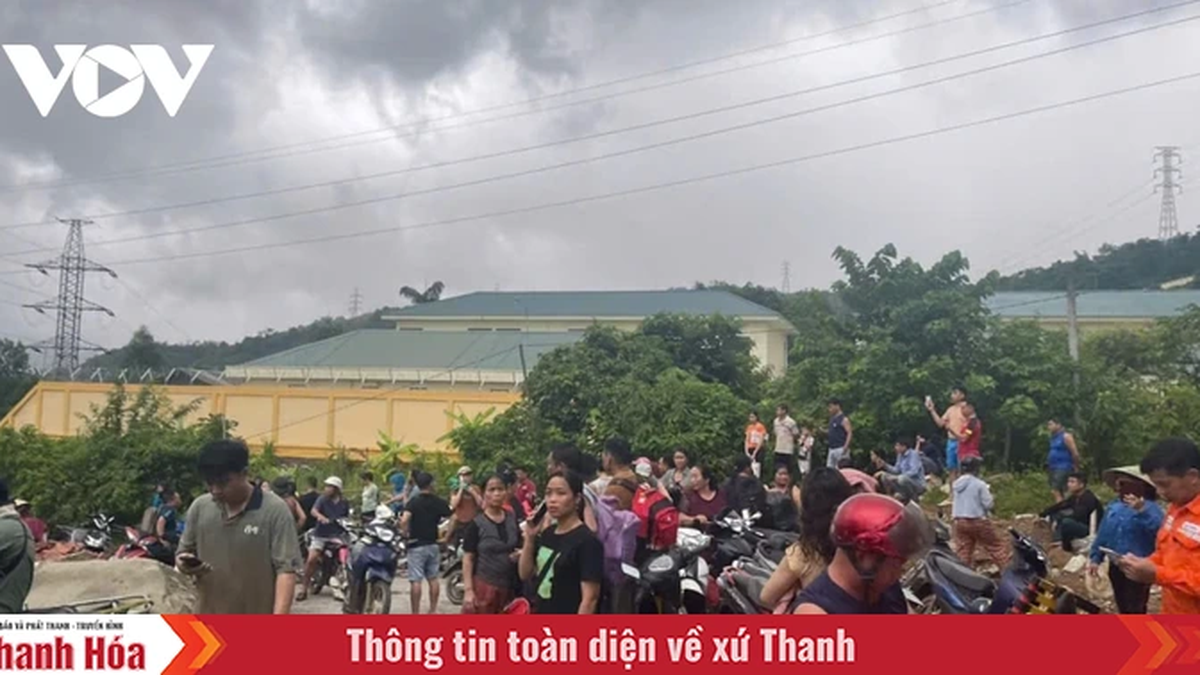The general objective of the Program is to consolidate and enhance the capacity, quality and ability to provide medical services to meet the needs of protecting, caring for and improving the health of soldiers and people in coastal and island areas; contributing to the successful implementation of the goals of the Strategy for sustainable development of Vietnam's marine economy to 2030, with a vision to 2045.
Specifically, by 2025, 40% of hospitals and medical centers on islands will be able to deploy surgical techniques equivalent to grade 2 hospitals; 70% of provincial and municipal disease control centers, district, town and provincial city medical centers, and military preventive medical facilities in coastal provinces will be invested and upgraded to ensure the performance of tasks in coastal and island areas.
In addition, 70% of offshore fishing vessels are equipped with medicine cabinets and medical equipment according to regulations; 80% of sea transport vessels - ocean-going vessels fully comply with international regulations on ensuring marine health; 80% of people in coastal and island areas are educated, disseminated knowledge, trained in health protection prevention skills, first aid skills and transporting victims to emergency facilities in coastal and island areas.
By 2030, 70% of hospitals and medical centers on islands will be capable of performing surgical techniques equivalent to grade 2 hospitals; 100% of disease control centers, district, town, and provincial city medical centers, and military preventive medical facilities in coastal provinces will be invested in and upgraded to ensure the performance of tasks in coastal and island areas.
70% of surface ships of the Navy, Coast Guard and Border Guard are equipped with synchronous medical equipment for first aid and rescue at sea; 100% of offshore fishing vessels are equipped with medicine cabinets and medical equipment according to regulations; 100% of sea transport vessels - ocean-going vessels fully comply with international regulations on ensuring marine health; 100% of people in coastal and island areas are educated, disseminated knowledge, trained in health protection prevention skills, self-first aid skills and transporting victims to emergency facilities in coastal and island areas.
7 solutions for developing marine and island healthcare
To achieve the above objectives, the Program has proposed 7 solutions including: Strengthening leadership and direction of medical work in sea and islands; consolidating and enhancing preventive medical capacity in sea and island areas; consolidating and enhancing medical examination and treatment capacity; improving emergency and patient transport capacity; developing medical human resources for sea and island areas; developing specific norms and standards for sea and island medicine; enhancing communication and healtheducation for people in sea and island areas.
In order to improve the capacity of emergency and patient transport, we will invest in equipment, human resources, develop plans and coordination regulations between the 115 emergency transport centers in the provinces and cities of Hai Phong, Da Nang, Khanh Hoa, Ba Ria - Vung Tau with the regional maritime search and rescue coordination center and the Navy, Coast Guard, and Border Guard forces in organizing emergency and patient transport.
In addition, the first emergency medical equipment is synchronously equipped and rescue at sea is performed for surface ships of the Navy, Coast Guard, Border Guard and search and rescue vessels.
Renovate and upgrade some existing vehicles of ministries, branches and localities to be able to provide emergency and patient transport. Provide adequate emergency and transport vehicles for hospitals and medical centers on island districts.
Organize and train provincial mobile medical teams in coastal provinces and cities, maritime militia, semi-professional forces, and mobilized forces in ministries and maritime economic sectors to be ready to participate in emergency care and patient transport.
The Prime Minister assigned the Ministry of Health to preside over the development and submit to competent authorities for approval or approve according to its competence the tasks to implement the Program implemented by the Ministry of Health. At the same time, develop the budget for implementing the tasks of the Ministry of Health to implement the Program, synthesize and send to the Ministry of Planning and Investment and the Ministry of Finance for submission to competent authorities for consideration and decision according to regulations.
The Ministry of Health guides the development of plans and regulations for inter-sectoral coordination in ensuring health, participating in handling medical emergencies at sea and on islands at each level and in each region; presides over the organization of inspections and evaluations of implementation progress, organizes mid-term and final reviews of the Program, and reports to the Prime Minister on implementation results.
The Ministry of National Defense is assigned to preside over the development, submit to competent authorities for approval or approve according to its authority the tasks of implementing the Program implemented by the Ministry of National Defense; preside over and develop plans to implement projects and programs related to mobilizing forces, aircraft, and ships for emergency transportation and search and rescue at sea and on islands...
Source




































































































Comment (0)